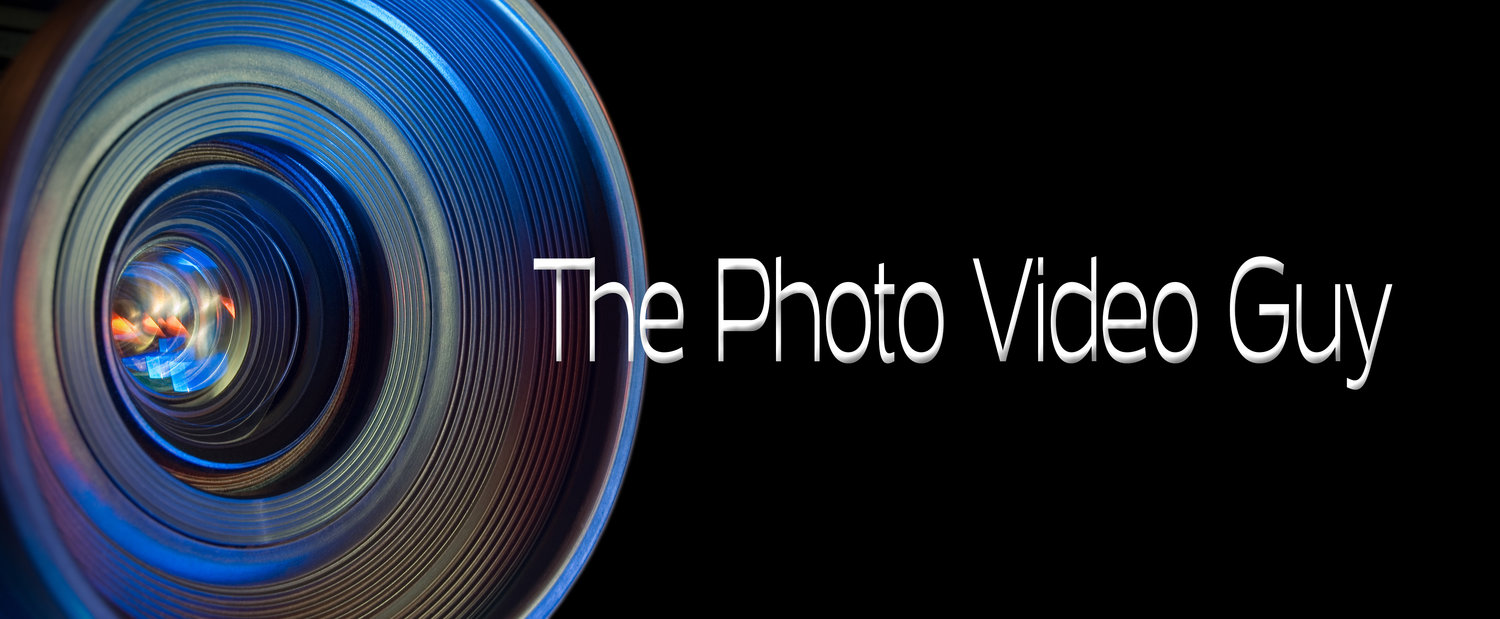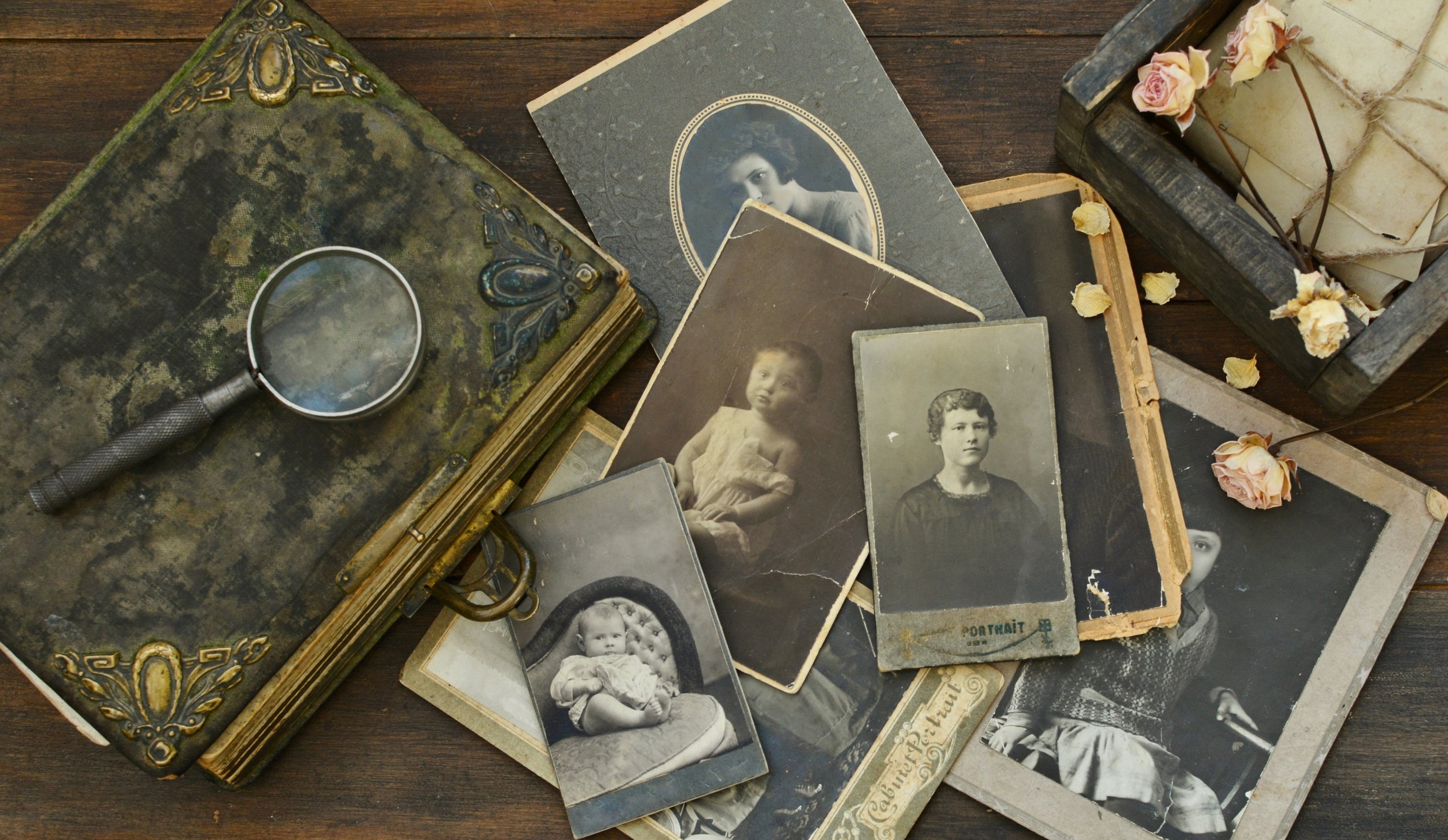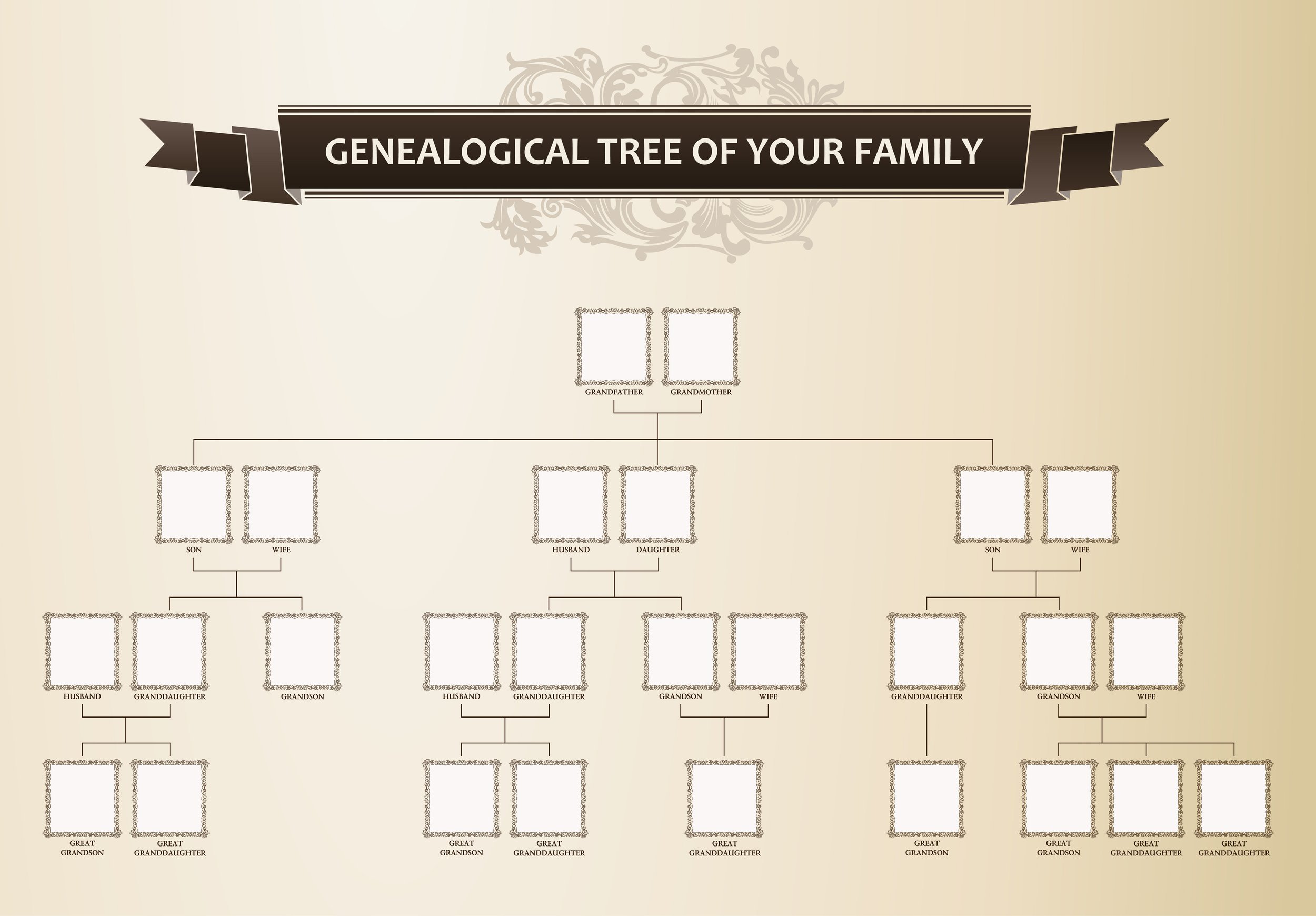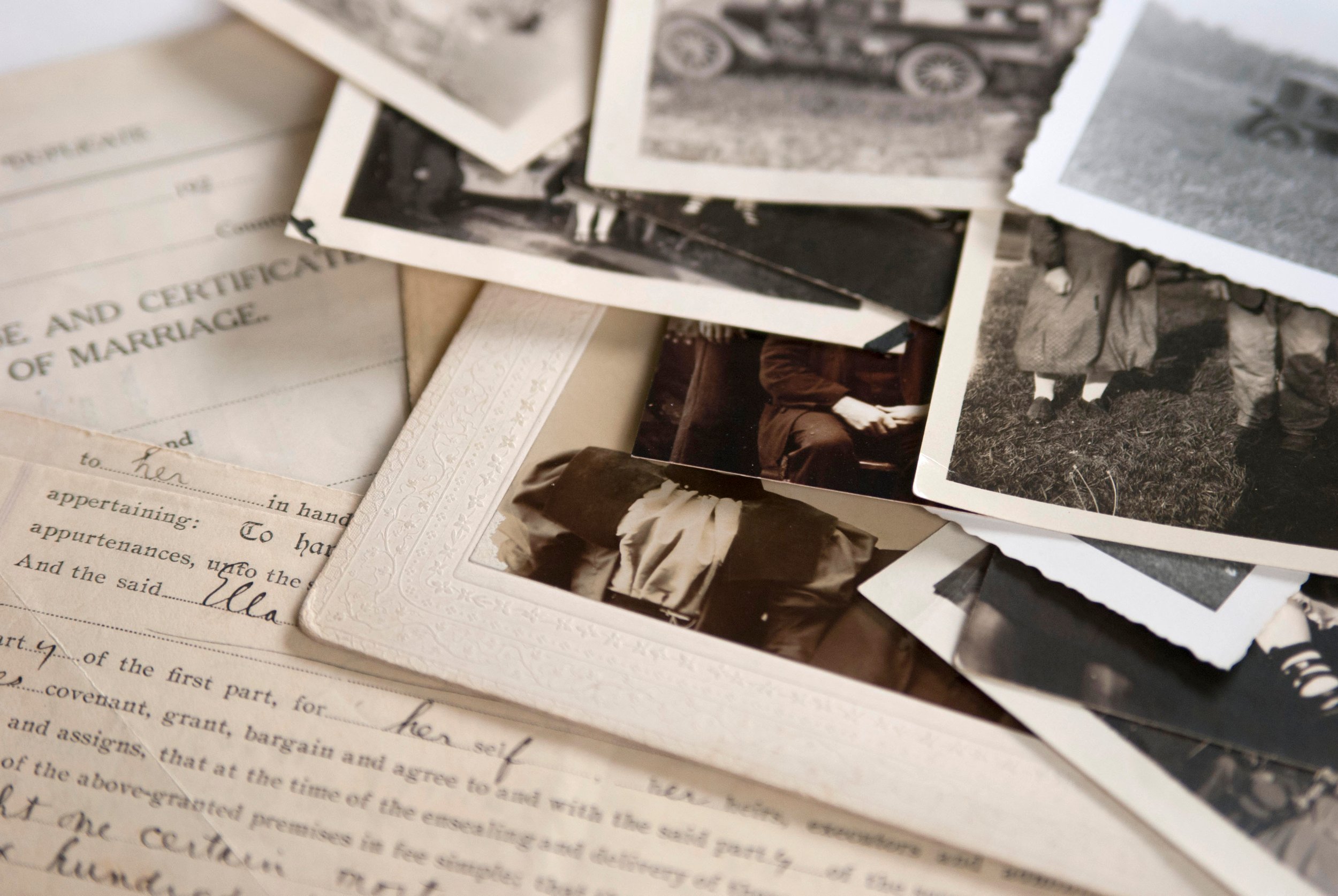Family History Images
/In my last article, I advocated to keep only the images that really matter to you, but used the terminology your best work. A long time reader, Ross, challenged my premise explaining the joy that he and his spouse had at putting together collages, and other story mechanisms of the people in their familial history.
I fear that we are sort of on the same page, but are on parallel topics that could be seen as clashing somehow. For that, I am sorry,
Classic Familial History
Being of a certain age, and benefitting from boxes of slides from my parents, I see that things were different in the past. Photos and snapshots were no everywhere and the retention of family stories was a big part of many people’s lives. My mother came from a family of thirteen children while my father was only himself, his sister and his parents.
Culturally they could not have been more different. My mother’s family got together all the time, and were involved with each other’s lives constantly. My mother got a lot of crap because she didn’t have her sisters living in her pockets. My dad’s family loved each other but were rarely together. It could be a multitude of years before they were all together. Where this shows is in the volume of pictures from both families.
When my sister and I were young, there were snapshots made of us. Although my father owned an excellent camera, those snapshots were almost entirely made with my mother’s little 127 camera and they were always prints.
Reader Ross indicates that he not only got joy from putting together his family stories but that it aligns with the culture of his family to get together. I used to do professional photography of family get togethers specifically to deliver photos both posed and candids to support this kind of photo sharing. Multiple prints would be made and stored in multiple copies of photo albums for distribution across wide geographies. When I worked part time in a photo shop in my early twenties, our top business was photofinishing and our second was selling photo albums. Both are effectively gone now, but the idea lingers.
My sister has gathered all manner of snapshots made over decades and keeps that in some structured manner. She is the outwardly social person and so is her family. To her, the best photos are family. To me, where it is just my daughter and I, we are completely different. I don’t like being in photos, my daughter is ok with snapshots, but never anything more formal. I share nothing anywhere. She does whatever she does,
So when I think about my best, family shots aren’t in consideration, because I don’t make anything like that. My sister has a completely different perspective. We each have what we think are our best, and for each of us, they are. But they aren’t the same thing.
My dear friend Sam balances things. He does what he calls his photography, predominantly birds and landscapes, but he has a brilliant eye for faces and his street work is amazing. Yet interspersed in those digital rolls are photos of family and friends. His best, are what is best for him.
So I understand when my reader Ross expresses his thoughts that I may be missing something big by keeping only my best, none of which include family or friends, mostly because I don’t make those kinds of images, he is correct from his perspective. And it is this cultural difference that makes us each special.
Family Tree Software
My friend Deb takes things a step further by using family tree software to order the pictures she uncovers into a timeline. She takes this demanding work very seriously. For her, family history is very important. She only leverages services such as from the public company Ancestry,com to do geneological searches. When I worked for a Utah based company, I visited the Latter Day Saints library in Salt Lake City on many occasions, For their own reasons, the Mormons have an incredible library of birth, death, immigration and geneology information, available to anyone willing to spend the time searching it. Contrary to popular rumour, the Mormons do not own Ancestry, although both do similar research.
While I don’t do this kind of work for myself, for those who do, I recommend two things. First and foremost is a robust digital asset manager to allow you to store and find images using powerful search tools instead of cumbersome manual digital filing systems. In this regard, Adobe Lightroom Classic is the best and most cost effective option out there. It also includes a powerful editor for basic editing, and the photography plan provides Photoshop which is integral to successful restoration of scans of old photos. I have another friend, also a Deb, who does restoration as a service, Her work is incredible and while it has taken her time and practice to attain her level of skill, her work is transformative. Trying to order your images without a digital asset manager can be done. But you can also remove your own appendix with a hand mirror and a butter knife. Why make it painful?
The second thing I recommend for those doing family history work is some form of family tree software. I don’t do it myself and thus am not qualified to make a recommendation. However, by being able to create links between images over time, and then view and share that with family members is fascinating for many, and the software maintains the links once you create them, I’ve seen what can be done and it is really powerful, particularly if you have a branch that has an incorrect parent and you need to easily move four generations elsewhere.
Wrapping Up
If you are aligned to maintaining family history, in any manner, consider the power of the digital asset manager, and the family tree software space.
Please become a member on Patreon to help support this channel. A big thanks to all the existing Patreon members! Send in comments or questions, I read and respond to all. If you shop with B&H Photo Video, please use the link on the main page as it pays me a small commission and does not cost you anything to do so. Thanks again and we will see each other again soon.











